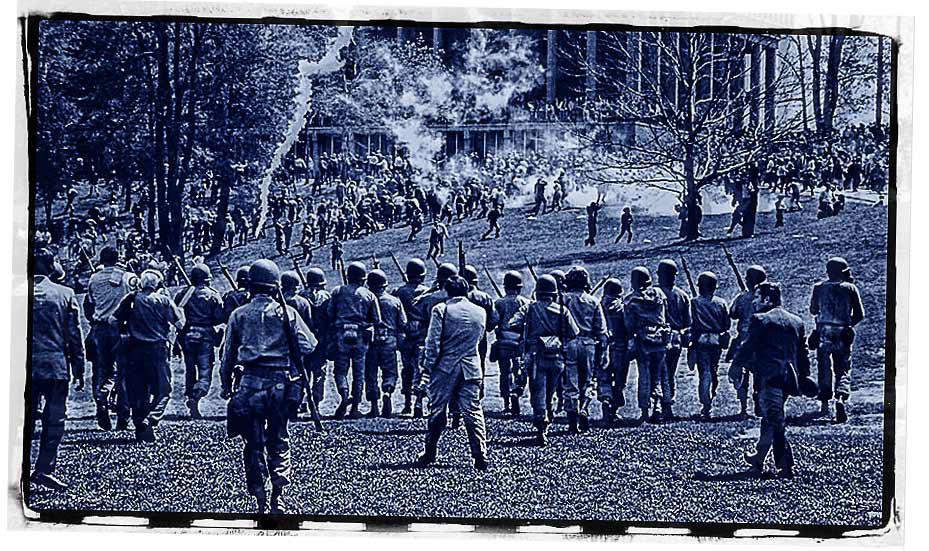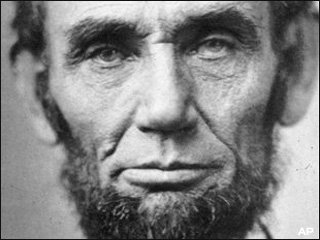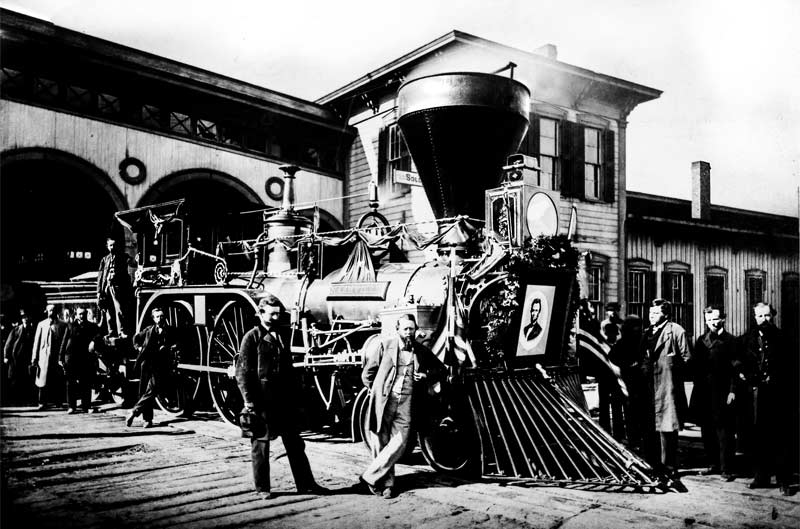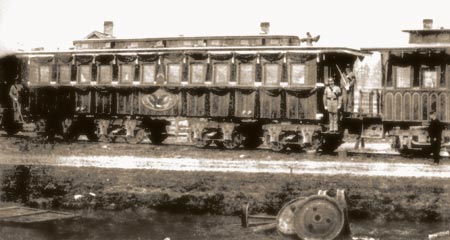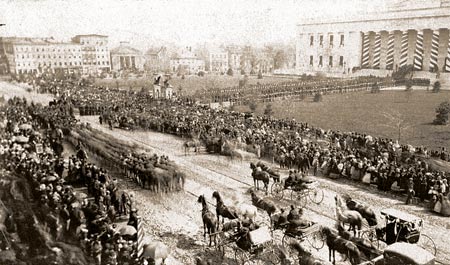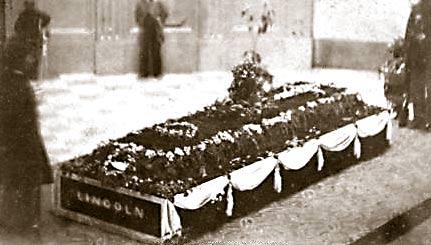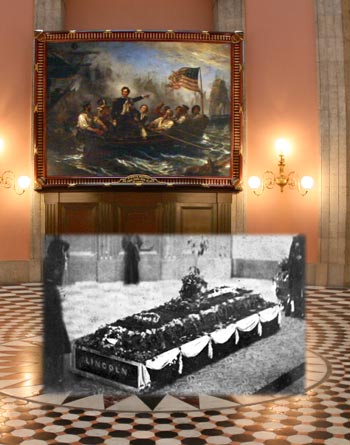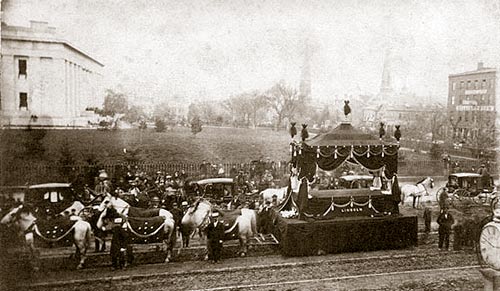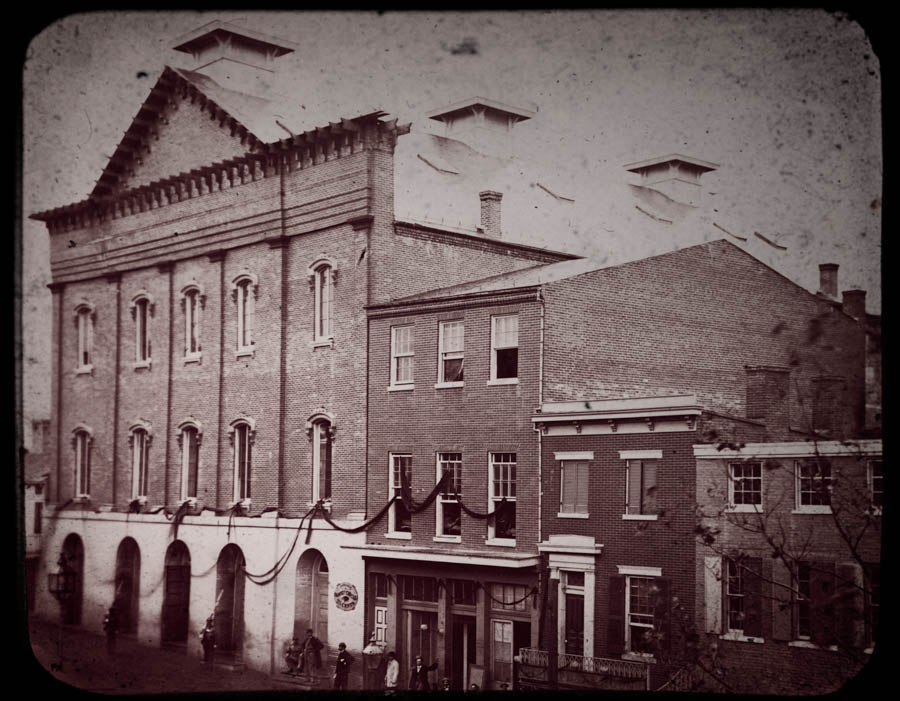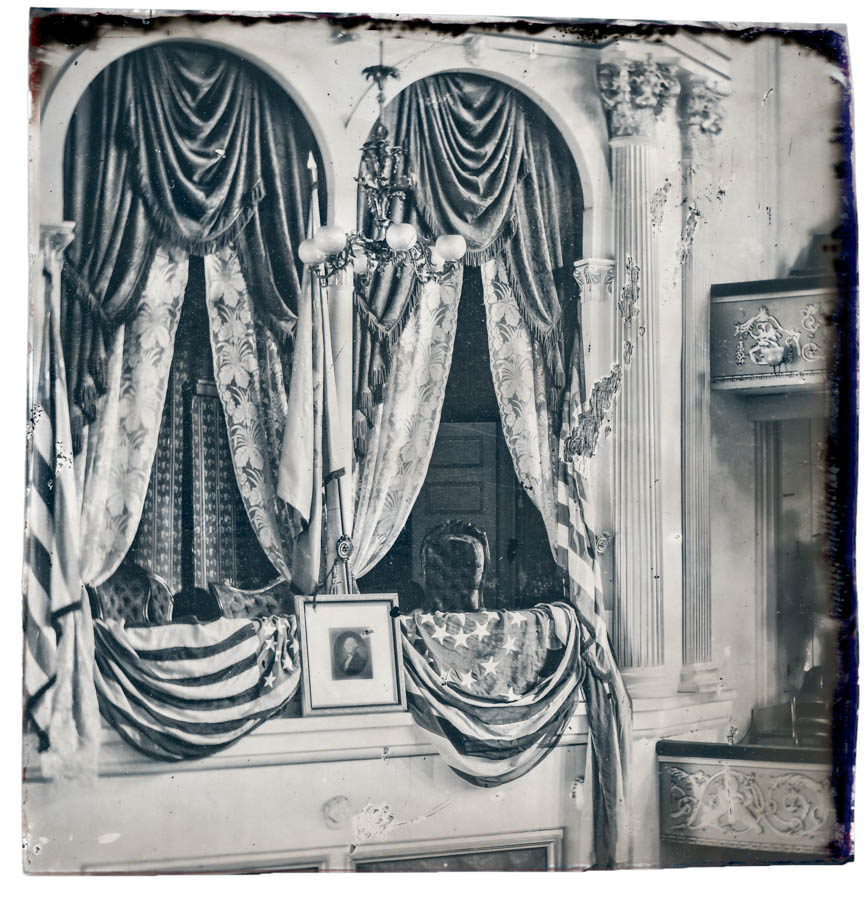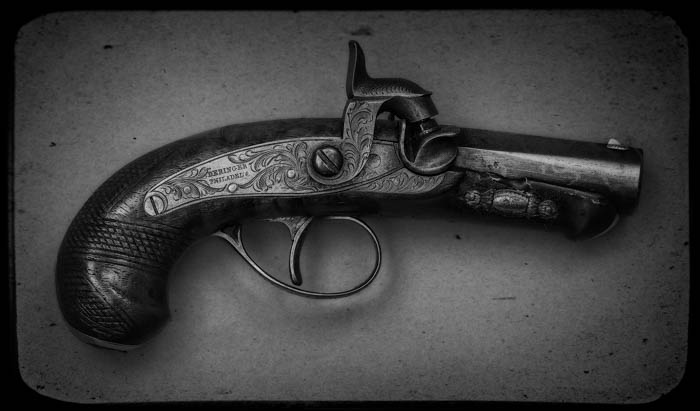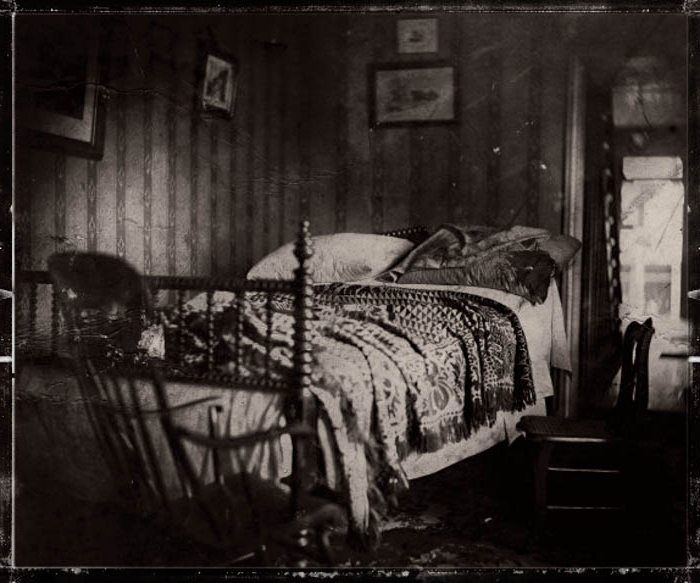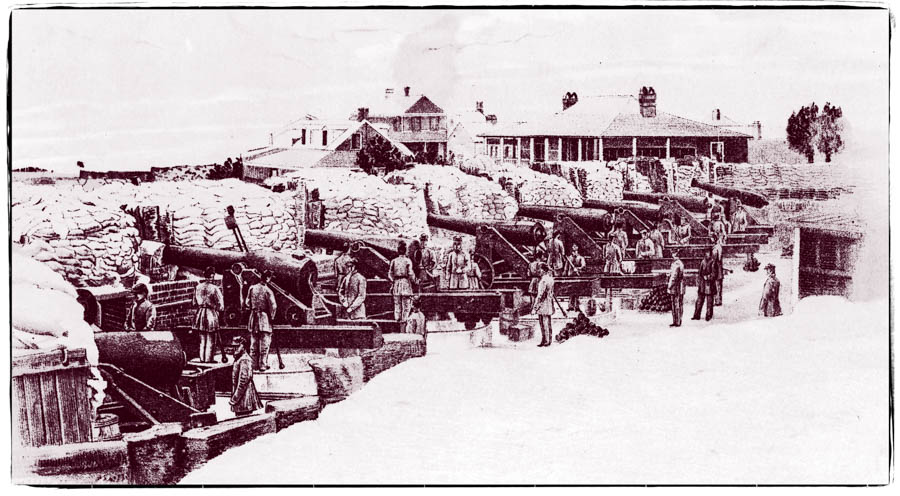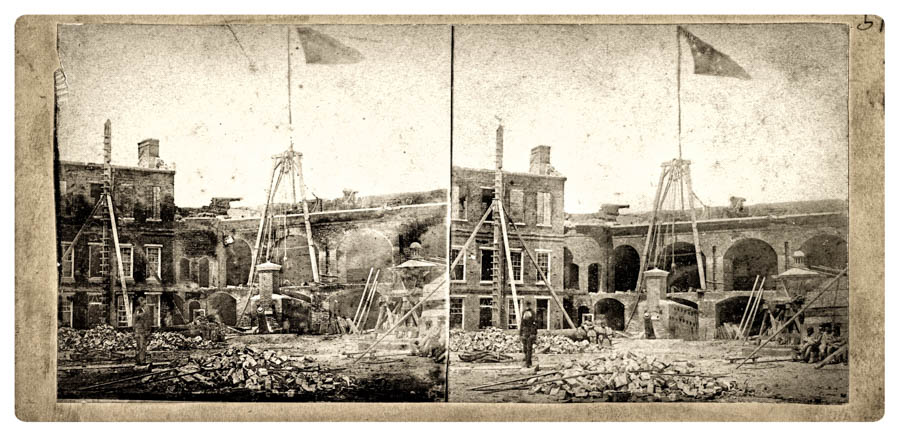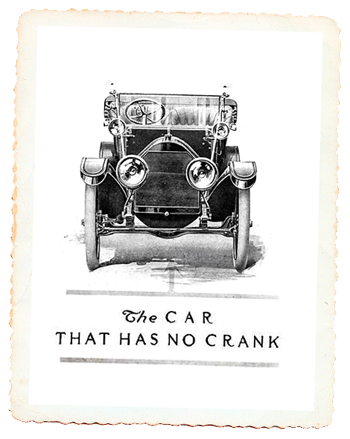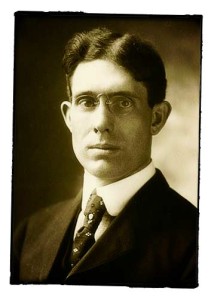May 4, 1970: It had been just 5 days since President Nixon announced the invasion of Cambodia during the Vietnam War. This action sparked wide-spread protests on college campuses. The previous 7 years had been one of the most tumultuous times in our country’s history that seemed to have begun with the assassination of President Kennedy, followed by the assassination of Martin Luther King Jr., followed by the assassination of the presidential candidate Robert Kennedy.
Towards the end of the 1960s, riots were common place that involved both racial and anti-war protests. The Vietnam War had slowly crept into our culture from a few advisers in the 1950s to almost 550,000 American soldiers in the spring of 1968.
This was the high point of military involvement in the war. From this point forward, deployment numbers began to slowly decrease. There was a perception on the campus that anti-war protests were having some effect on government policy. So that when President Nixon announced a sharp increase in military involvement in the spring of 1970 through the bombing of Cambodia, a perceived widening of the war, student protests also began to heighten.
On Friday, May 1, an anti-war rally was held on the Commons at Kent State University in northeast Ohio. Another anti-war rally was called for Monday, May 4. Saturday afternoon, some protestors began demonstrating in downtown Kent. Mayor Satrom and the Kent City Council decided to seek help from Governor James Rhodes. That Saturday evening Ohio National Guard troops were ordered to the Kent State Campus after the ROTC building was set on fire.
Sunday morning Governor Rhodes announced during a press conference that he wanted to eradicate the problem in Kent. On Monday, May 4, 1970 students began gathering on the Commons protesting the presidents invasion of Cambodia. As the number of student demonstrators grew, the Ohio National Guard assembled and began driving students from the commons. A line of protestors formed in front of the National Guard line, taunting the guardsmen. The guard then began a march back towards a concrete umbrella-like structure known as the “pagoda”. Once they arrived at this spot, members of Company A, 145th Infantry and Troop G, 107th Armored Cavalry opened fire on the student protestors. More than 60 shots were fired in less than 15 seconds killing 4 students, wounding 9 others.
That evening after the shootings, Adjutant General Sylvester Del Corso claimed the shootings were sparked by a sniper firing on the Guard. The onslaught of investigations that followed this event found no evidence of a sniper, or any shooting by anyone other than the National Guard.
On this day in 1970, our country was forced to realize it was a country divided by political forces, forces that continue to this day.
